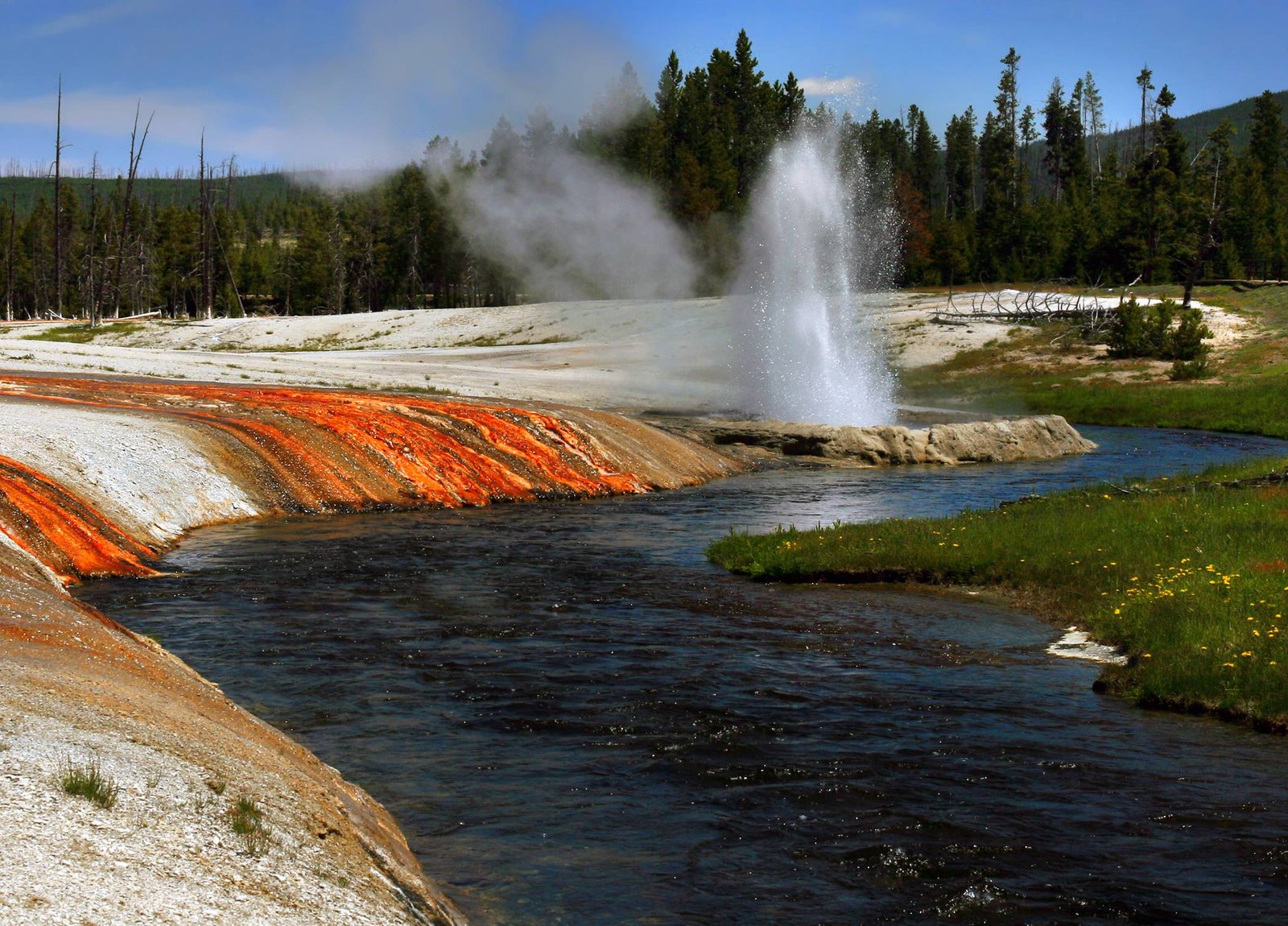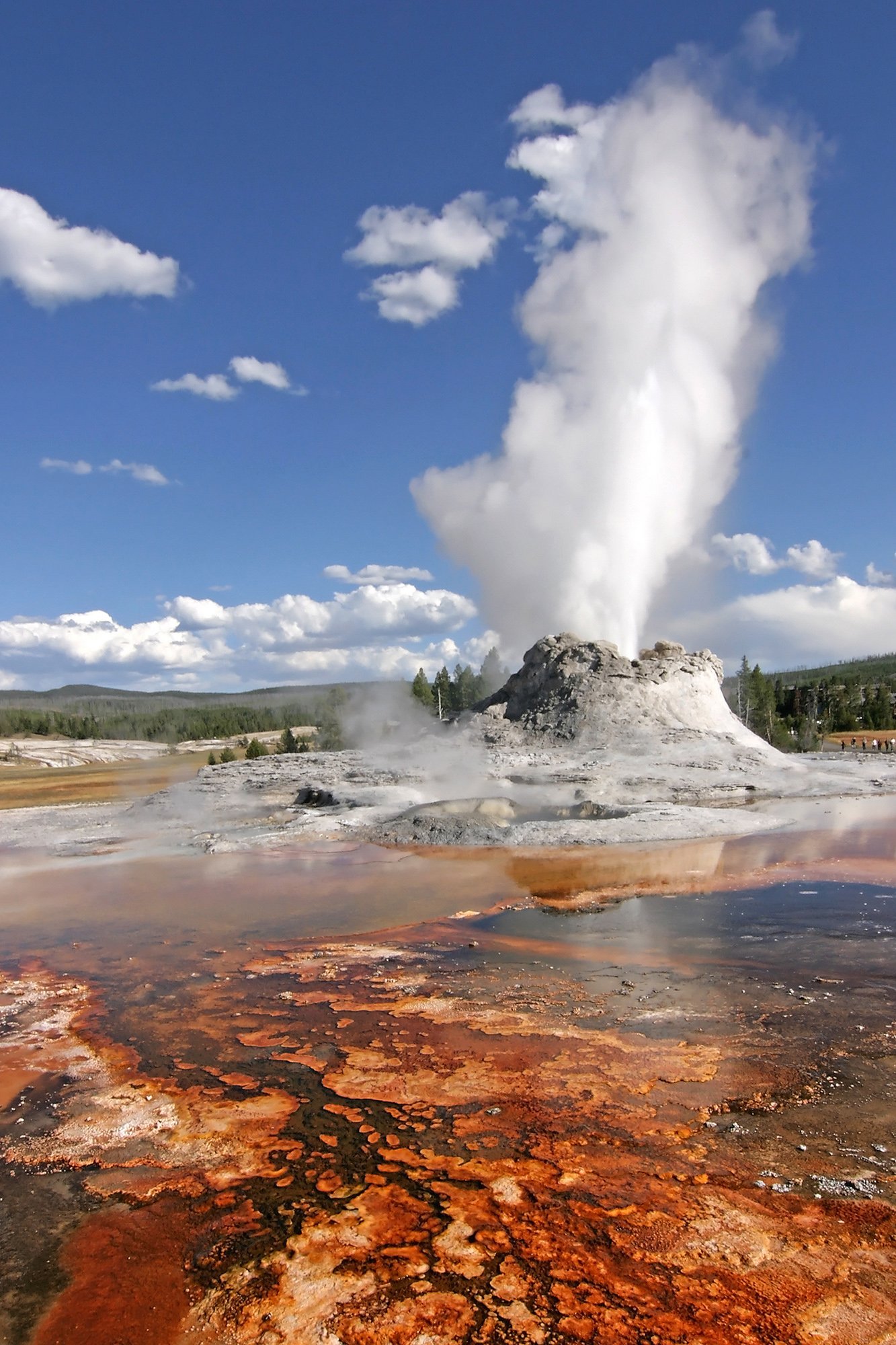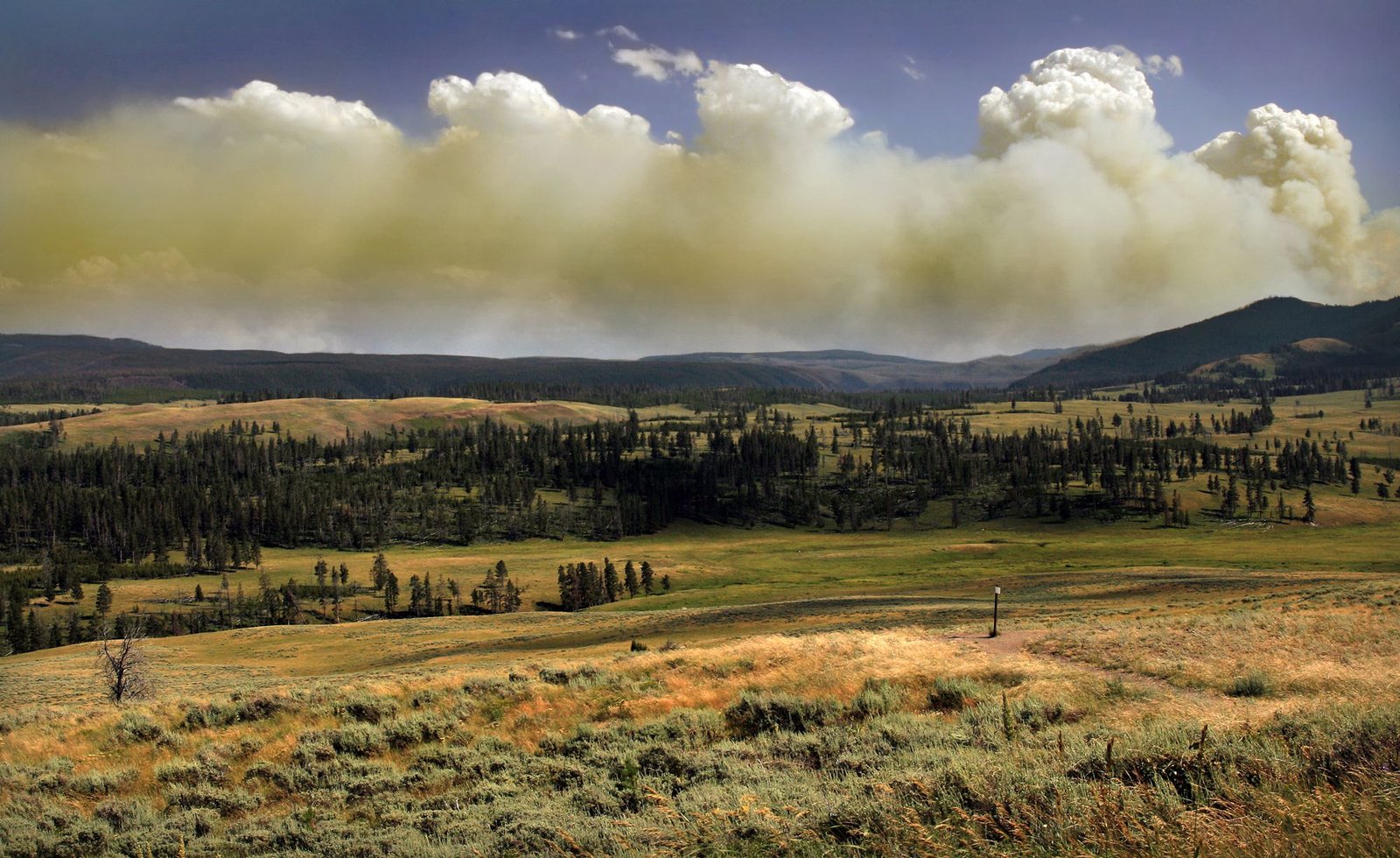Yellowstone National Park offers a wealth of opportunities for young people to explore, learn, and connect with nature. From camping and hiking to organized activities and conservation programs, the park provides a unique environment for youth to experience the wonders of the natural world. This guide explores the various aspects of Yellowstone that cater to young visitors, including camping sites, hiking trails, educational programs, and transportation options.
What Camping Options Are Available for Young People at Yellowstone?

Yellowstone National Park boasts 12 campgrounds with over 2,000 established campsites, providing ample opportunities for young people to experience the great outdoors. While there are no specific youth-only camping areas, several campgrounds offer amenities that are particularly appealing to younger visitors:
- Grant Village Campground
- Location: Near the West Thumb of Yellowstone Lake
- Amenities: Flush toilets, showers, and potable water
-
Capacity: 430 sites
-
Bridge Bay Campground
- Location: Near Yellowstone Lake
- Amenities: Flush toilets and potable water
-
Capacity: 432 sites
-
Canyon Campground
- Location: Near the Grand Canyon of the Yellowstone
- Amenities: Flush toilets, showers, and potable water
- Capacity: 273 sites
It’s important to note that reservations are required for most campgrounds and should be made well in advance, especially during peak seasons. The Mammoth Campground is an exception, offering first-come, first-served sites from October 15 to April 1.
Which Hiking Trails Are Best Suited for Teens at Yellowstone?

Yellowstone offers a variety of hiking trails that cater to different skill levels and interests, making it an ideal destination for teen hikers. Here are some popular trails that are particularly well-suited for young adventurers:
Old Faithful Area Trails
- Mystic Falls Trail
- Distance: 2.5 miles round-trip
- Difficulty: Moderate
-
Highlights: 70-foot Mystic Falls, scenic views of geothermal areas
-
Observation Point Trail
- Distance: 2 miles round-trip
- Difficulty: Moderate to strenuous
- Highlights: Panoramic views of the Old Faithful area
Grand Prismatic Spring Area
- Grand Prismatic Spring Overlook Trail
- Distance: 1.2 miles round-trip
- Difficulty: Moderate
- Highlights: Stunning views of the largest hot spring in the United States
Lamar Valley Trails
- Slough Creek Trail
- Distance: 5 miles round-trip
- Difficulty: Easy to moderate
-
Highlights: Wildlife viewing opportunities (elk, bison, bears)
-
Specimen Ridge Trail
- Distance: Various lengths available
- Difficulty: Challenging
- Highlights: Scenic views, petrified trees
When hiking in Yellowstone, it’s crucial to follow park regulations, stay on designated trails, carry bear spray, and make noise to avoid surprising wildlife.
What Organized Activities Are Available for Young People at Yellowstone?
One of the most notable organized activities for young people at Yellowstone is the Yellowstone Youth Conservation Corps (YCC) program. This program offers a unique opportunity for teens to immerse themselves in the park’s ecosystem while contributing to its conservation efforts.
Yellowstone Youth Conservation Corps (YCC) Program
- Age Range: 15-18 years old
- Duration: Month-long residential experience during summer
- Activities: Conservation projects, outdoor recreation, resource education
- Additional Experiences: Hiking, rafting, fishing, ranger-led programs
2024 YCC Program Details
| Session | Dates |
|---|---|
| Session 1 | June 9 – July 10 |
| Session 2 | July 14 – August 13 |
- Cost: No direct cost to participants (funded by donations and park entrance fees)
- Application Process: Competitive selection process required
- Group Size: Approximately 50 teens per session, divided into smaller crews
This program not only provides valuable work experience but also fosters a deep appreciation for nature and conservation among young participants.
How Can Young People Navigate Yellowstone National Park?
Transportation within Yellowstone National Park is an important consideration for young visitors. The park offers various options to ensure accessibility and convenience:
- Personal Vehicles
- All major attractions and campgrounds have designated parking areas
-
Parking can be limited during peak seasons, so arrive early
-
Shuttle Services
- Free shuttle services available in high-traffic areas like the Old Faithful region
-
Helps reduce congestion and promotes a safer, more enjoyable experience
-
Bicycle Rentals
- Available at various locations within the park
-
Offers a eco-friendly way to explore certain areas
-
Guided Tours
- Various tour operators offer bus tours and specialized excursions
-
Ideal for those who want a more structured exploration of the park
-
Accessibility Features
- Wheelchair-accessible trails and facilities available in many areas
- Some natural terrain may still pose challenges for mobility-impaired visitors
When planning transportation within Yellowstone, it’s essential to consider the vast size of the park and the potential for wildlife encounters on roads. Always follow park guidelines and be prepared for changing weather conditions.
What Safety Precautions Should Young People Take at Yellowstone?
Safety is paramount for all visitors to Yellowstone, especially young people who may be experiencing the wilderness for the first time. Here are some essential safety precautions:
- Wildlife Safety
- Maintain a safe distance from all wildlife (at least 100 yards from bears and wolves, 25 yards from other animals)
- Never feed or approach wildlife
-
Carry bear spray and know how to use it
-
Thermal Area Safety
- Stay on boardwalks and designated trails in thermal areas
-
Never touch or enter hot springs or geothermal features
-
Hiking Safety
- Always hike with a buddy
- Inform someone of your hiking plans
- Carry plenty of water and high-energy snacks
-
Be prepared for sudden weather changes
-
Water Safety
- Be cautious around water bodies, as currents can be strong and water temperatures cold
-
Never swim in thermal areas
-
General Safety
- Carry a first-aid kit
- Have a map and compass (don’t rely solely on electronic devices)
- Check in with rangers for current conditions and any area closures
By following these precautions, young people can ensure a safe and enjoyable experience at Yellowstone National Park.
How Can Young People Contribute to Conservation Efforts at Yellowstone?
Yellowstone National Park offers various opportunities for young people to contribute to conservation efforts:
- Volunteer Programs
- Short-term volunteer opportunities available for individuals and groups
-
Activities may include trail maintenance, invasive plant removal, or visitor education
-
Citizen Science Projects
- Participate in data collection projects on wildlife, plants, or geological features
-
Contributes to ongoing research and monitoring efforts in the park
-
Leave No Trace Principles
- Practice and promote Leave No Trace principles to minimize human impact on the park
-
Educate peers about responsible outdoor ethics
-
Youth Conservation Corps (YCC)
-
As mentioned earlier, this program offers a more intensive conservation experience for teens
-
Educational Programs
- Participate in ranger-led programs to learn about park ecology and conservation challenges
- Share knowledge with friends and family to raise awareness about park conservation
By engaging in these activities, young people can play an active role in preserving Yellowstone’s natural wonders for future generations.
In conclusion, Yellowstone National Park offers a wealth of opportunities for young people to explore, learn, and contribute to one of America’s most iconic natural landscapes. From camping and hiking to organized conservation programs, the park provides a unique environment for youth to connect with nature and develop a lifelong appreciation for the outdoors.
References:
1. https://www.nps.gov/yell/learn/management/yccjobs.htm
2. https://www.yellowstone.org/youth-conservation-corps/
3. https://www.nps.gov/yell/planyourvisit/campgrounds.htm

